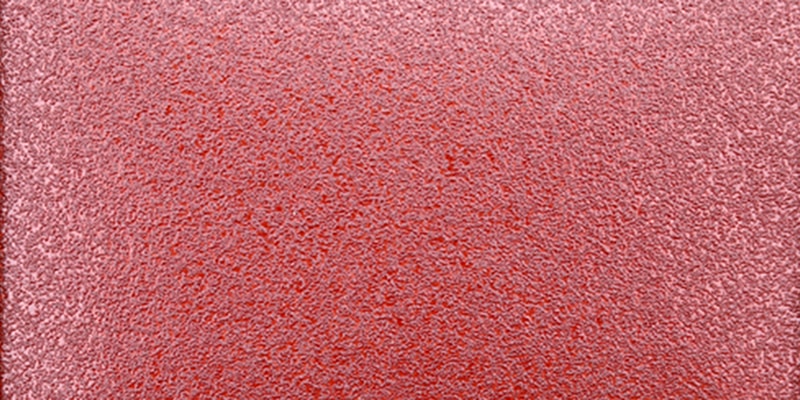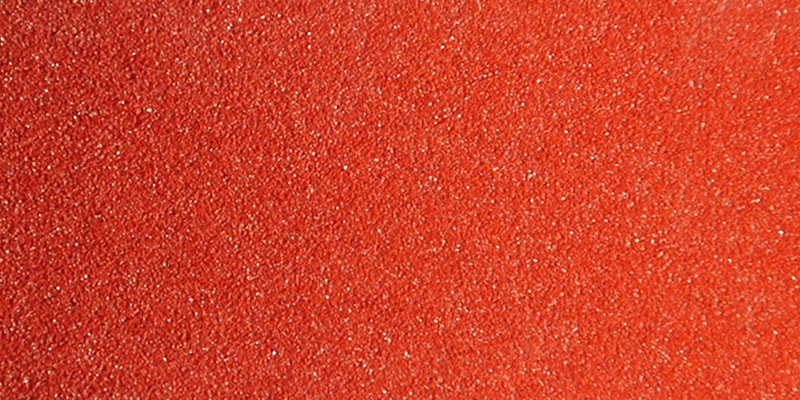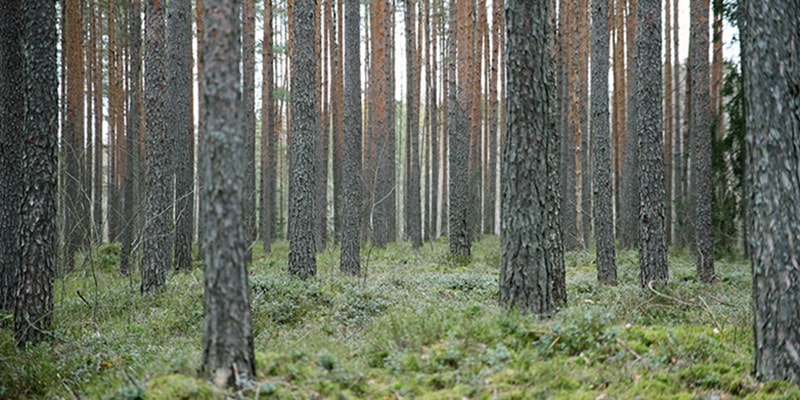Pine is the most common natural tree in Estonia. Pine wood is used for making furniture, in general construction, for making doors and windows and elsewhere. In general, pine wood is always suitable when coniferous wood is needed. Pine wood is soft and light. Pine wood is moderately resistant to scratches, but with low resistance to impact load. Pine wood is easy to process both manually and by machine. Its processing is complicated by the fact that pine wood contains resin.
Tooltech recommends using material Open Max OM for sanding pine wood.
| Product name | material Open Max OM |
|---|---|
| Backing material | F-paper (with weight 270-300 g/m²) |
| Bonding | resin/resin (the abrasive is fixed to the resin in the first layer and also covered with resin) |
| Grain/abrasive | aluminium oxide |
| Coating | extra open structure (the abrasive placement is sparse) |
| Additional features | antistatic (does not conduct electricity) |
| Colour | red |
| Grit range | P40 –P180 |
| Joint | R1 – overlap on paper |
| Products | sanding rolls, sanding belts |

The advantages of material Open Max OM sanding belts are:
- less resin and dust adheres to the grains;
- less burning stripes on the detail;
- longer lifetime of the sanding belts.
| Product name | material 530 |
|---|---|
| Backing material | E-paper (with weight 220-250 g/m²) |
| Bonding | resin/glue (the abrasive is fixed to the resin in the first layer and covered with glue) |
| Grain/abrasive | aluminium oxide |
| Coating | open structure (the abrasive placement is more sparse) |
| Colour | red |
| Grit range | P40 –P400 |
| Joint | R1 – overlap on paper |
| Products | sanding rolls, sanding belts |
As an alternative to material Open Max OM, Tooltech recommends the use of material 530 for sanding pine wood, because it is cheaper than material Open Max OM (the difference lies mainly in the backing material and the bonding of the abrasives).

The key questions when sanding pine wood are:
- the resin formation of pine wood. The extra open or open structures of the materials mentioned above help against this, resulting in less resin between abrasive grains and sanding belts are not clogging so quickly. The aggressive properties of the sanding belt change immediately when the sanding belt becomes clogged during use, and when sanding belts become clogged quickly, the sanding belt costs are higher.
- the sanding pattern must be uniform throughout the production process. Therefore, always use a high-quality sanding belt with the right grite size and in sanding the correct order of grite size. This ensures that the details are with the same level of quality when assembled.
What else should be observed:
- dust extraction is very important. It must be enough powerful to effectively remove any dust from the workpiece.
- moisture of the raw wood and productions rooms. Sanding belts last longer when sanding wood material with a moisture content of 6-8% compared to 12% moisture content. Sanded details should be stored in a controlled environment that ensures the maintenance of such moisture content.

